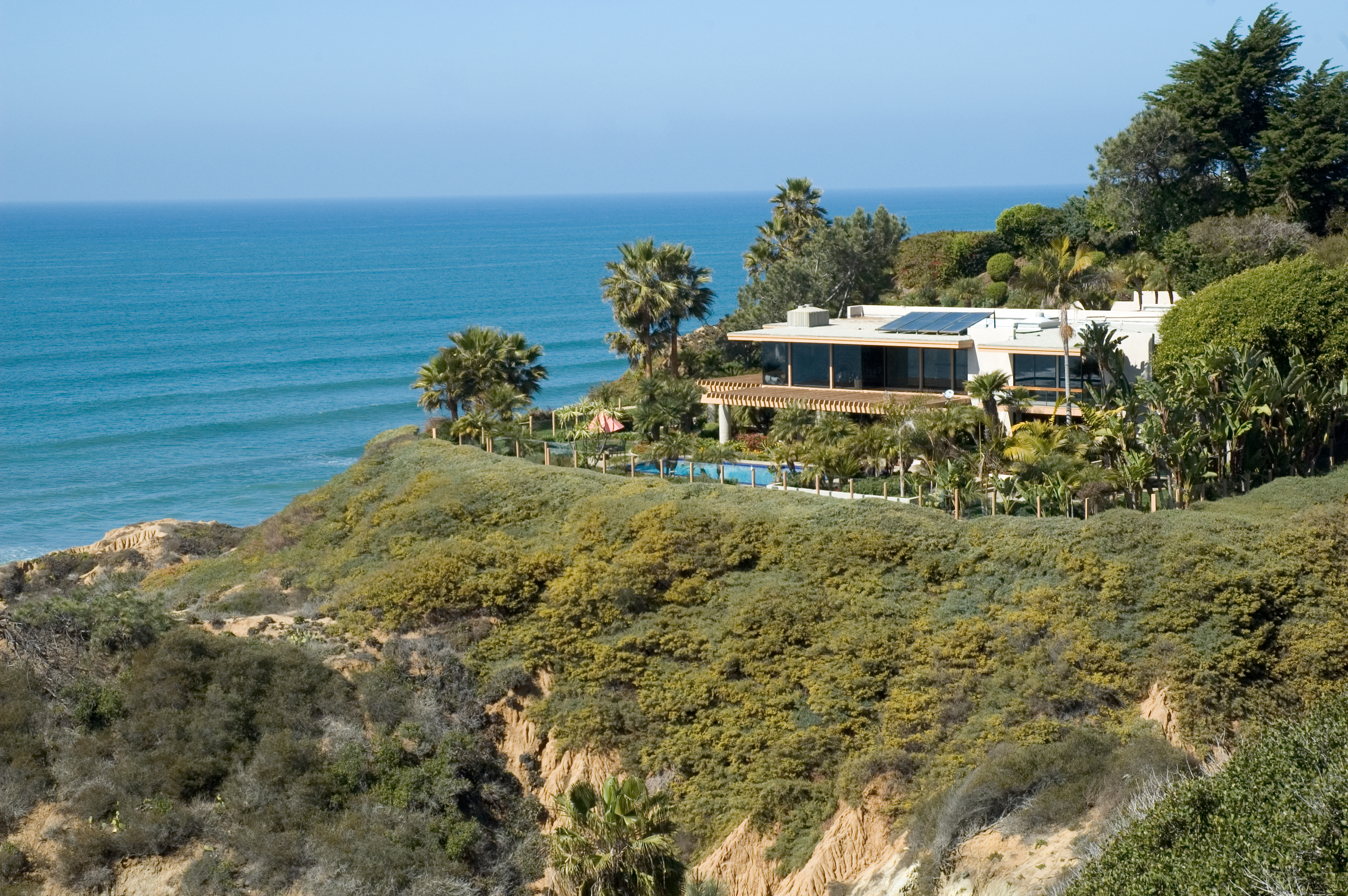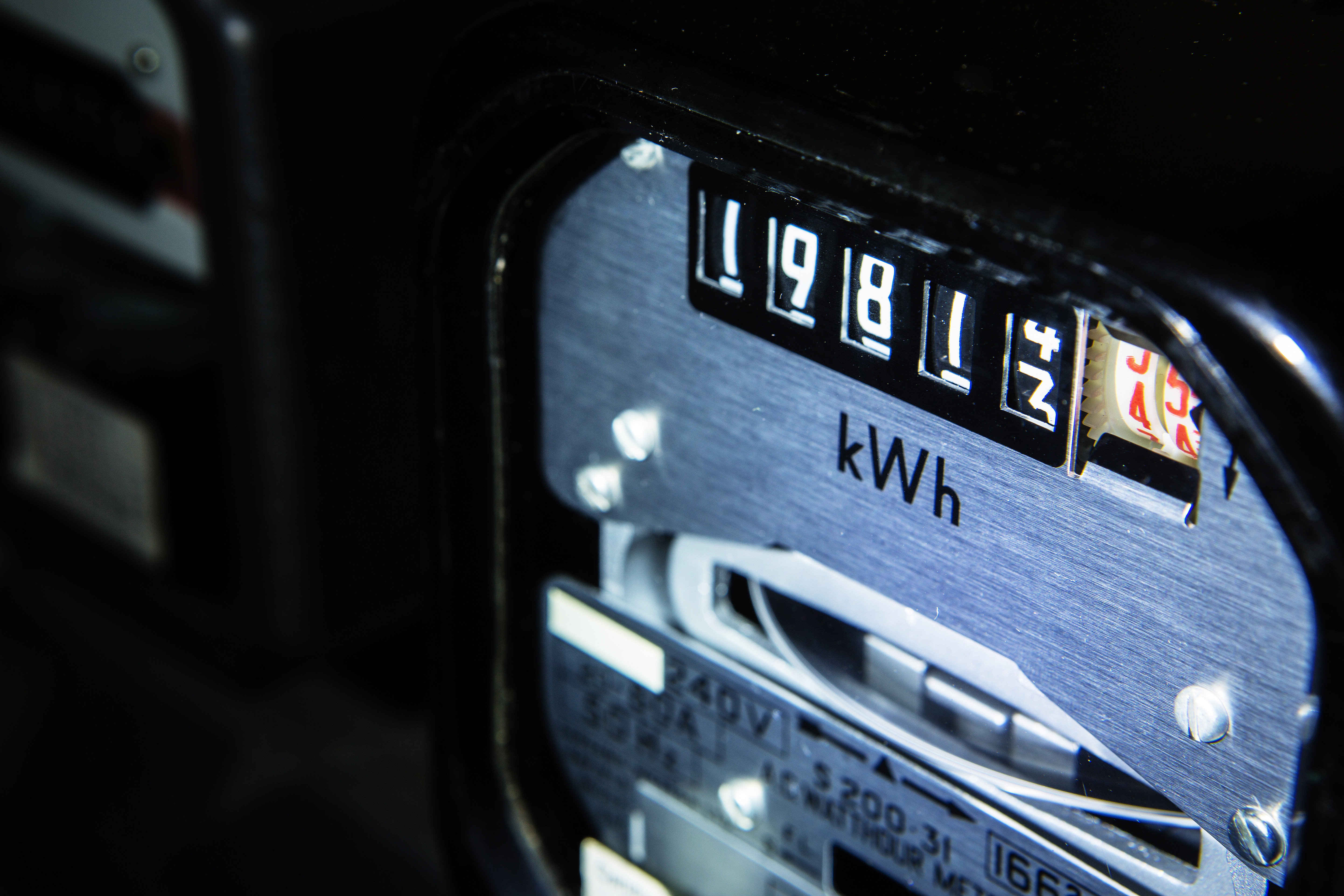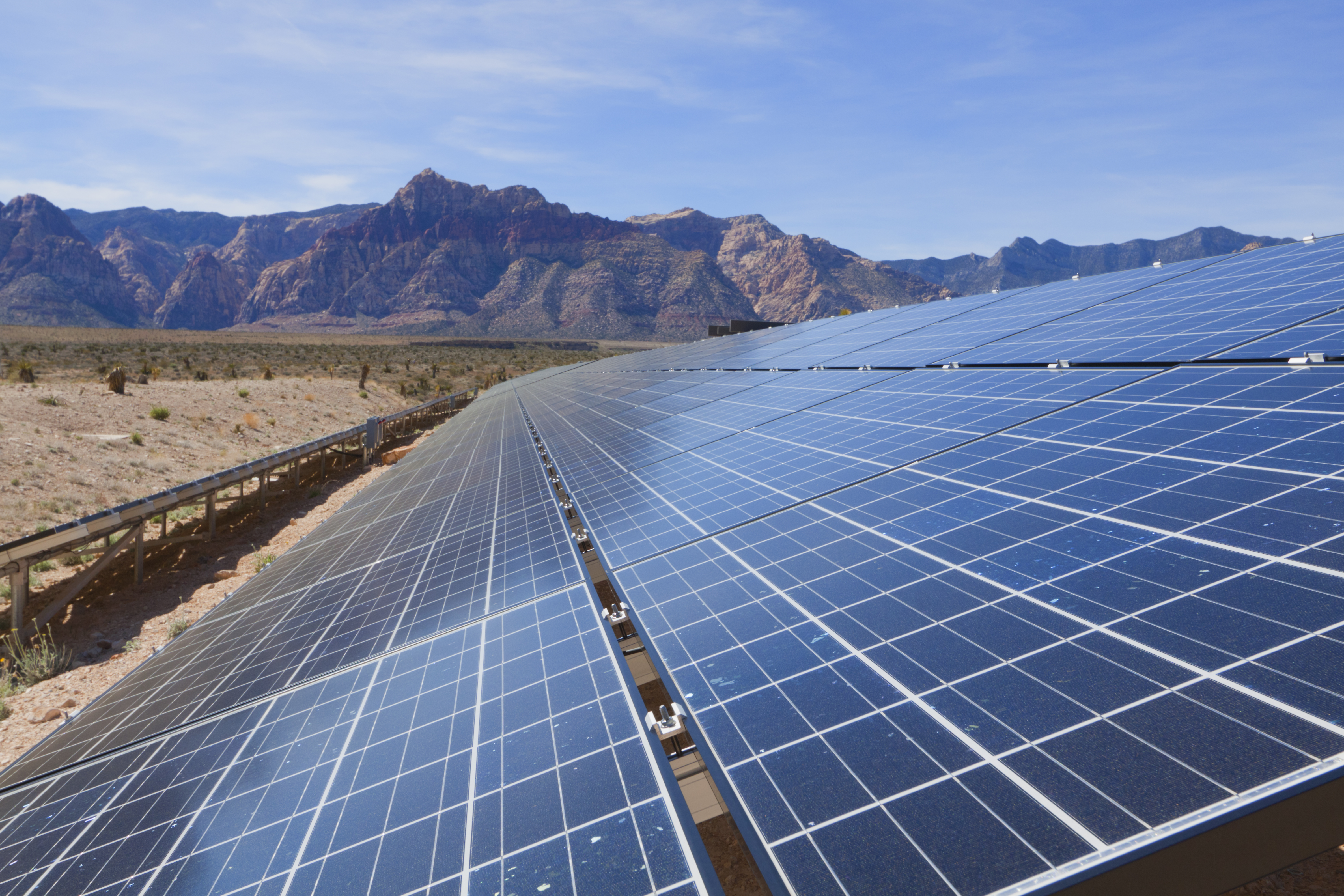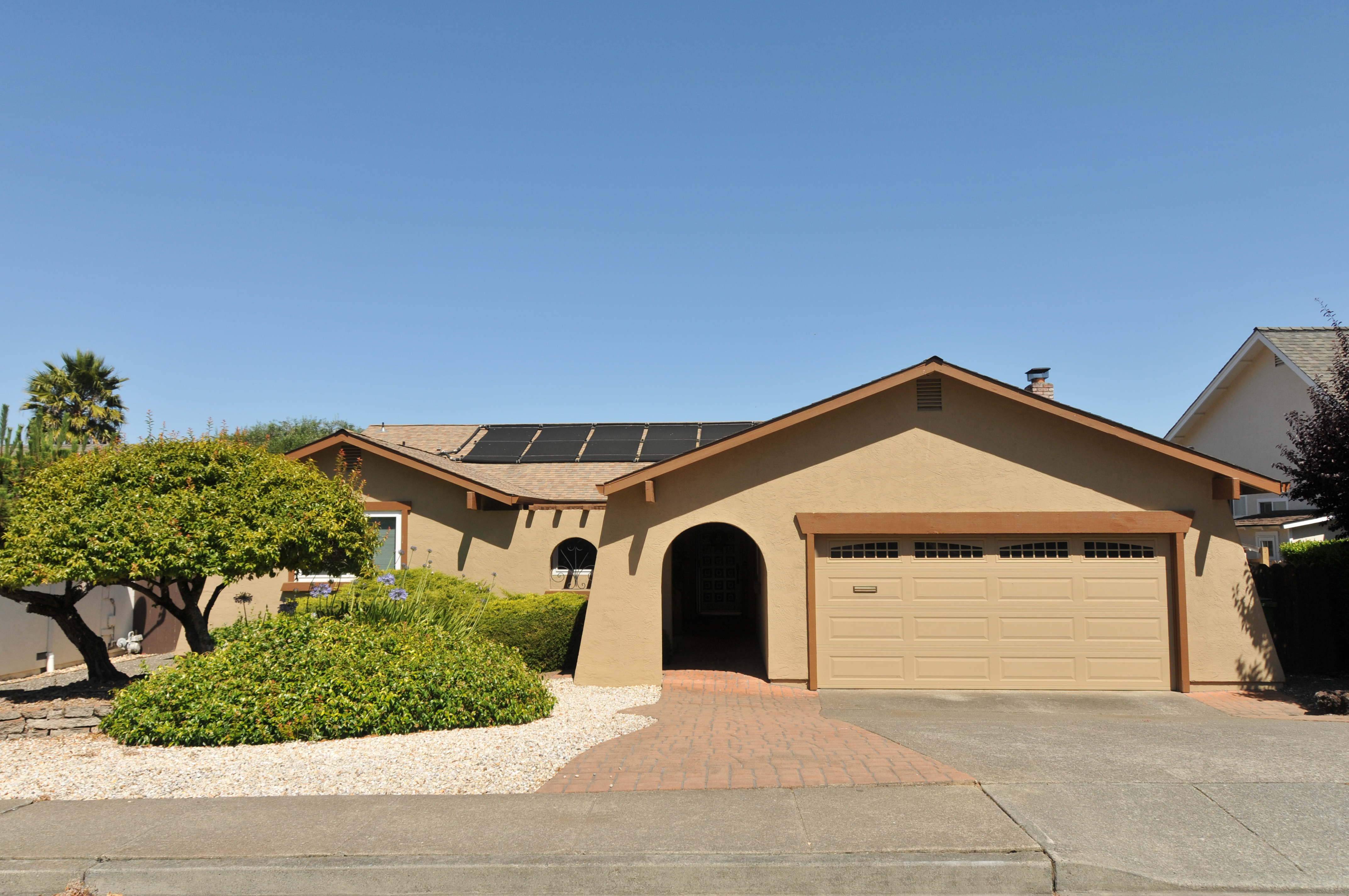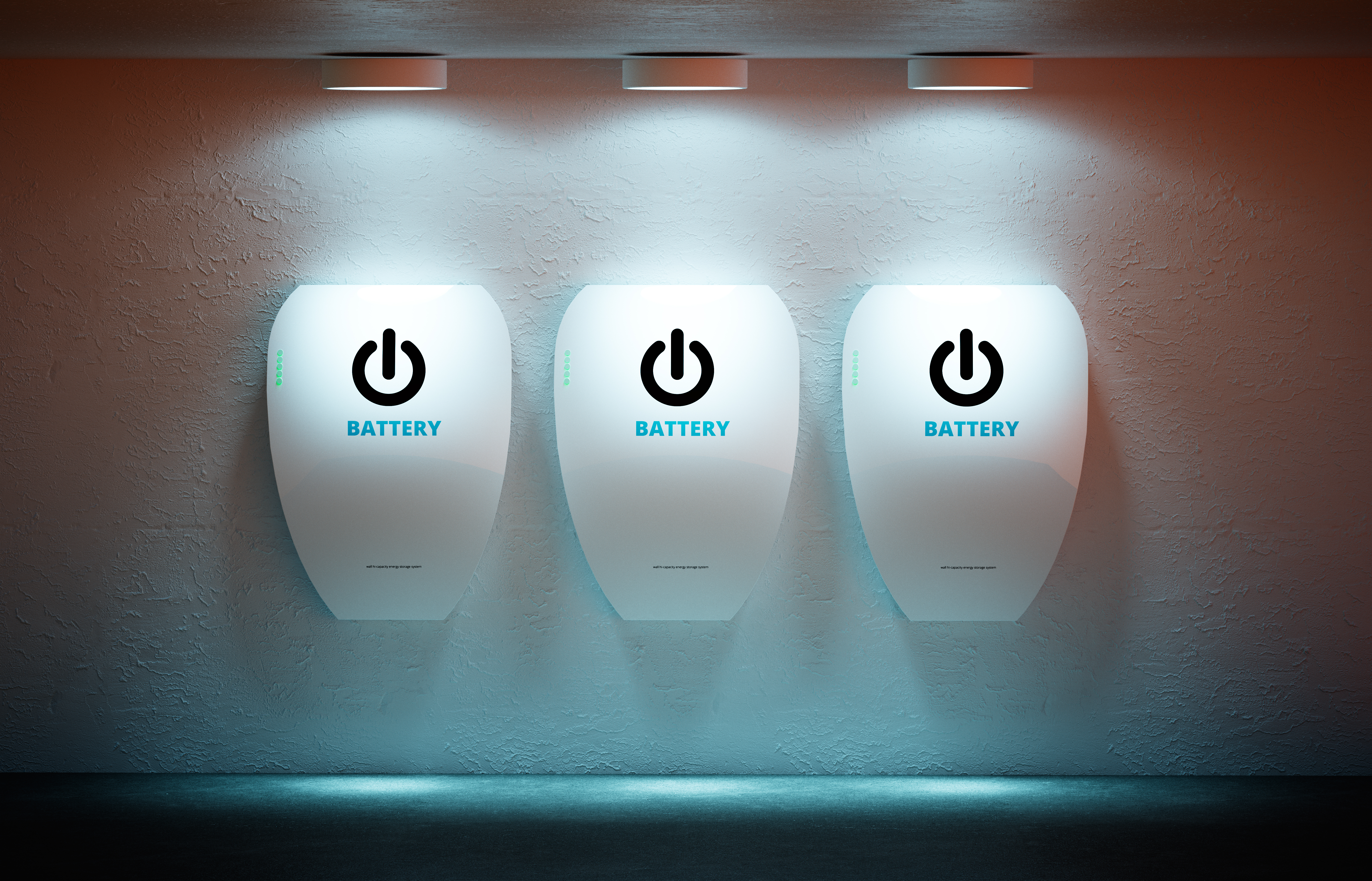San Diego’s imminent “time of use” electricity rates will affect some homeowners with rooftop solar systems. Solar advocates say the new rate structure is a critical element in integrating renewable resources into the grid. This article lays out the facts and opinions on who gets affected and how.
San Diego Gas & Electric is rolling out "time of use" rates that will eventually affect the monthly bills for about 750,000 of the utility's residential customers.
But will the switch affect the nearly 155,000 residential customers who have rooftop solar systems on their homes?
Yes, but the full answer is complicated.
The vast majority of solar customers will eventually move to time of use rates but some have the option to stay on a more traditional tiered-rate structure that is considered more financially attractive than time of use – it all depends on how long ago they activated their rooftop solar systems.
"It really varies on the residential side," said Edward Randolph, the Energy Division Deputy Director for the California Public Utilities Commission, which has directed the state's investor-owned utilities to adopt time of use rates, also known as TOU. "That's why (solar customers) need to contact their utility to find out their exact circumstance."
And circumstances have been changing quickly, in California's energy landscape.
Many customers – those with solar installations as well as those without – had just gotten used to the latest iteration of tiered rates and adopting TOU means a transition to a different pricing plan.
Under tiered pricing, customers pay a set rate per kilowatt-hour for the electricity they consume. They pay more when their household exceeds a predetermined "baseline" allowance and if they use more than 400 percent of their baseline, they pay a "high usage charge" that is even higher.
But under TOU, the day is broken into segments. And instead of one set price regardless of time, the price fluctuates depending on when demand peaks on the system. The most expensive time of the day is 4 p.m. to 9 p.m. – a time that coincides with people coming home from work and firing up their appliances.
The distinction between tiered rates and time of use is an important one for rooftop solar customers to keep in mind.
Solar and the grid
Among the attributes of installing rooftop solar perhaps the biggest selling point is a billing mechanism called "net energy metering," or NEM.
Under net metering, when a rooftop solar system generates more energy than the homeowner is actually consuming, the customer can sell the excess energy back to utilities such as SDG&E via the grid at the retail rate and receive credits on their bills.
Since the price of electricity on a tiered rate remains constant throughout the day, solar customers can count on the price of the excess electricity they generate also remaining constant. For example, if the tiered rate for a homeowner is, say, 25 cents a kilowatt-hour in the summer months, the homeowner will get credited at that rate when his or her system generates excess electricity.
Under a TOU plan, though, prices shift during the course of the day – high during on-peak hours and low during off-peak.
But your rooftop solar system is generating most of its electricity when the sun is shining and that's when the lower off-peak prices are in effect.
For example, under SDGE's default TOU plan, the off-peak price during the summer months is 21 cents a kilowatt-hour. That's 4 cents less than the tiered rate of 25 cents a kilowatt hour.
Although there are some exceptions, it's generally accepted by solar experts that rooftop solar customers get a better deal under tiered rates than time of use.
That's because most rooftop solar generation throughout the day comes during low-priced periods and then the sun sets just as prices shoot to their highest levels.
"Tiered rates are going to save a solar customer more money, no question about about it," said Brad Heavner, the director of policy at the California Solar and Storage Association, the state's largest solar trade group.
But when changes were made to the state's net metering rules in 2016 (called NEM 2.0), it included migrating residential solar customers to TOU.
"Time of use is going to be a critical element in integrating renewable resources into the electric grid," Randolph said. "That helps us make better use of the renewable energy after it's generated."
The California Solar and Storage Association, acknowledges that TOU is a done deal.
"Time of use squeezes the margin (for solar customers) but it's necessary to sustain solar going forward," Heavner said. "We want to be good citizens. We recognize that we need to adapt to a changing grid, so (TOU) is necessary and we'll live with it."
There are some customers, though, that see TOU as preferable. Some opt for time of use because they own electric vehicles and they find it financially attractive to use their electricity to charge their vehicles during low-priced, off-peak hours (such as after 9 p.m.).
SDG&E's time of use rates for residential solar customers are the same as the TOU for residential customers without solar. State law says utilities cannot assign rates to solar customers that are higher than those for non-solar customers.
Heavner said while TOU pricing is not as favorable as tiered rates for many, the difference is small enough to still entice customers who are considering solar to put panels on their roofs.
The great migration begins
Of the 154,148 residential NEM customers in SDG&Es' service territory, about 24 percent of them are already on time of use.
The remaining 76 percent are on tiered rates and will be contacted by the utility about the rollout to TOU.
SDG&E's strategy is similar to the much larger effort the utility has already started with non-solar customers – explaining the move from tiered rates to TOU and sending them emails and notices in the mail that explain pricing and options.
The transition will come in phases. Some residential solar customers have already been contacted and the first group is expected to complete the change to TOU in April.
Just like non-solar customers, NEM customers will be offered a default time of use plan by SDG&E (called TOU-DR1) that in addition to on-peak and off-peak periods also offers a "super off-peak" rate for some segments of time.
And just as with customers without solar, NEM customers can also opt for another, simpler, plan that breaks the into just two periods – on-peak and off-peak.
SDG&E officials expect the rollout to be complete by the spring of 2020.
But wait … there is a way to stay on tiered rates
There is, however, a way some existing solar customers can stay on tiered rates if they prefer.
When the CPUC established the new NEM 2.0 rules, it allowed customers who installed solar under the original net metering policy to be "grandfathered" in for 20 years from their original enrollment date.
For solar customers in the SDG&E service territory, the 20-year rule applies to those who activated their systems before June 29, 2016.
Randolph said the commission instituted the 20-year rule as an issue of fairness to solar customers who invested in a solar installation on their homes – a purchase that can frequently run to $20,000 or more, depending on the size of the house.
"When they installed the panels, they were looking at the financing and the payback of those panels based on the rate structure at the time," Randolph said. "Ultimately, the commission made the policy determination that the most equitable way to treat those customers was to give them the option of staying on the old rate structure."
After the 20 years are up, customers must move to time of use rates.
"If you're a customer who installed solar a few years ago, you're probably going to want to stay on those tiered rates and not get shifted over to TOU," Heavner said.
But what if you installed solar on your home after June 29, 2016?
Here's another part of the story that's complicated.
Customers who activated their rooftop solar systems between June 29, 2016 and March 30, 2018 were defaulted to standard, tiered rates rather than TOU.
They can stay on tiered rates for now but eventually, they will migrate to time of use – either five years from the date their system activated or June 2021, whichever comes first.
That was done because when the CPUC established NEM 2.0, SDG&E was going through its general rate case – the long and involved process in which the commission decides how much an investor-owned utility can collect from ratepayers in a three-year period.
With TOU periods still in flux at the time, those customers were put on tiered rates with a five-year stipulation.
All customers who installed rooftop solar after March 31, 2018, have been placed on time of use.
What if you are considering installing solar on your rooftop? Once you pull the trigger and get your installation up and running, you will be placed into TOU rates.
Commercial SDG&E solar customers are already on time of use pricing plans.
The battery storage fix?
The switch to TOU may lead some rooftop solar customers to make the financial investment in pairing their installations with battery storage systems.
Here's why:
With battery storage, homeowners can save up the energy generated by the sun during the day and then use it later, when the sun goes down and solar generation wanes – and, critically, during that 4 p.m. to 9 p.m. time period when the cost of electricity can be more than twice the price.
For example, go back to SDG&E's default time of use rates. The off-peak price when solar generation is surging is 21 cents a kilowatt-hour during the summer months. The on-peak price between 4 p.m. and 9 p.m. is 43 cents a kilowatt-hour.
With a battery, a residential solar customer can use that electricity that was generated at 21 cents and run his or her appliances as soon as they get home from work, thus avoiding the 45-cent price between 4 and 9 p.m.
Or, the customer with battery storage can save that solar generation that cost them 21 cents a kilowatt-hour during the day and send it back to the grid between 4 p.m. and 9 p.m. and get their credit at 45 cents per kilowatt-hour.
"Batteries are much more attractive under TOU rates," Heavner said.
San Diego solar customers seem to agree. Residential SDG&E customers have paired batteries to their solar panels at roughly more than twice the rate seen in the service territories of Southern California Edison and PG&E.
Battery storage can be pricey. In 2017, a typical solar battery storage system cost about $6,200 but after federal and California incentives, the figure can be reduced by about $4,000.
However, the statewide rebate program for installing a home battery – called the Self-Generation Incentive Program, or SGIP – currently has a wait-list for customers in San Diego because the residential sector burned through the area's allotted $6.9 million in April 2018.
But additional funding is expected to come via the CPUC.
"There's a certain amount budgeted and they ran out of that money, but they're putting more money back in so it's still a good idea to go on a wait-list," Heavner said.
What is time of use?
Unlike a tiered-rate structure in which customers move into higher pay bands as they use more electricity, under a time of use, or TOU system, customers pay different prices per kilowatt-hour depending on when they consume power.
How it works: The more electricity you use when the state's power grid has less resources at its disposal, the more you pay. Conversely, if you use electricity when demand is relatively low and there are more sources available for grid operators to manage, you pay less.
Peak hours: Under TOU, the most expensive time of the day runs from 4 p.m. to 9 p.m. That's when energy demand spikes, as customers come home from work and run their appliances and – especially in the summer – turn on their air conditioners. Conversely, "off-peak" segments are priced considerably lower because renewable sources like wind and solar in particular are surging at that time in the day.
Here's an example: Under SDG&E's default time of use plan, electricity during "on-peak" hours between 4 p.m. and 9 p.m. costs 43 cents per kilowatt-hour during the summer season (June 1 to Oct. 1). But outside those hours, the "off-peak" price drops to 21 cents per kwh. And during "super off-peak" hours, the price falls to 16 cents per kwh.
Why the move: The shift to time of use rates was initiated by the Legislature, which in 2013 passed Assembly Bill 327 to reform residential rates, and the California Public Utilities Commission, largely to help integrate more renewables into the electric grid. SDG&E rolls out its plan this year. Edison and PG&E will start in the fall of 2020 and are expected to finish by 2021.
This article is written by Rob Nikolewski from The San Diego Union-Tribune and was legally licensed via the Tribune Content Agency through the NewsCred publisher network. Please direct all licensing questions to legal@newscred.com.

